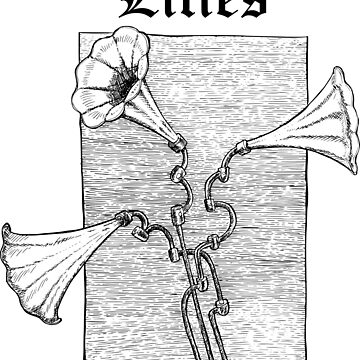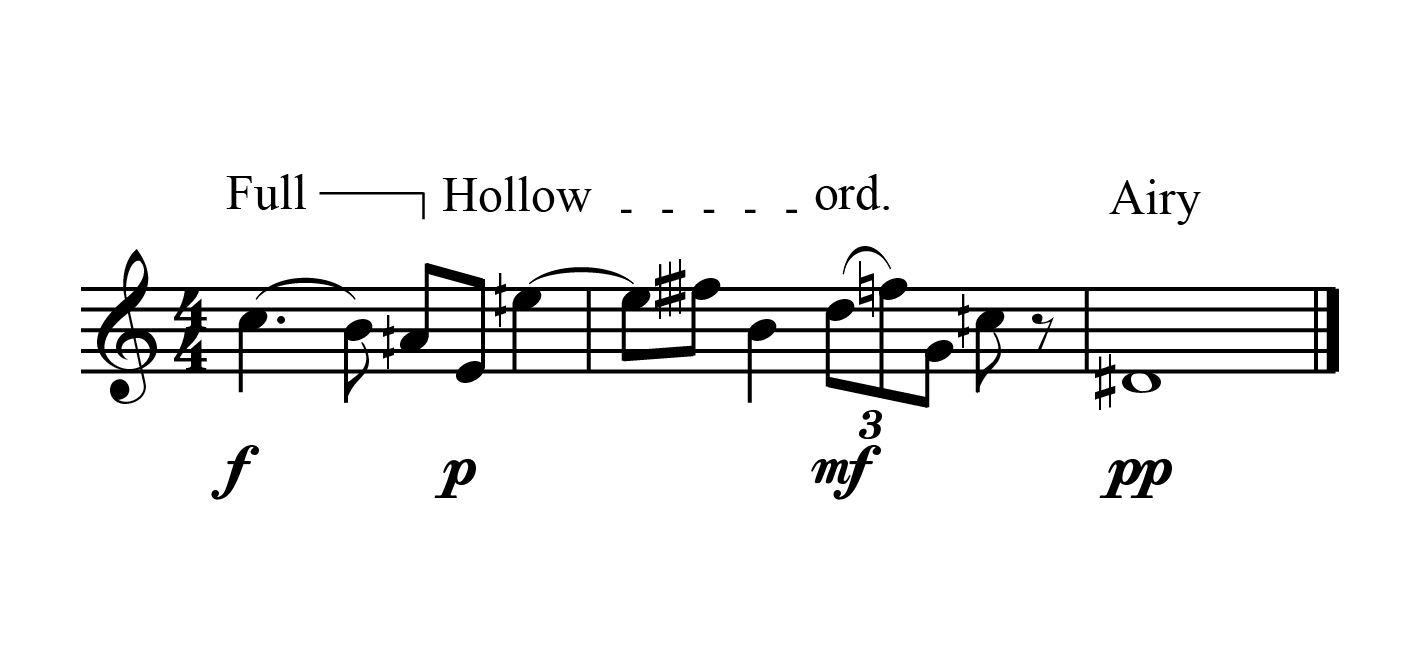

An anomalous progression in Motet 18 suggests that the careful study of sonority may contribute to our current understanding of motet chronology. A discussion of Motet 7's opening describes the relationship between the underlying contrapunctus and various sonority types, consonant and dissonant, and advances a broader definition for the directed progression. Then it was time for some good vibrations. I chose this word for its sonority initially. The phonetic basis of sonority is contentious it is roughly but imperfectly correlated with loudness. Meaning of sonority in English Harmony and sonority drive this music. Despite the fact that the musical materials of the first half of the 20th. Many versions of the sonority hierarchy exist a common one is vowels > glides > liquids > nasals > obstruents. In effect, it was used as a timbral palette wherein various forces were.


A systematic study of sonority usage in Machaut's motets also reveals his preference for particular combinations of intervals over others.Īn examination of passages from several motets illustrates the classification's potential. Sonority is a nonbinary phonological feature categorizing sounds into a relative scale. Moreover, by calling attention to the outer voices of certain sonority types, the classification highlights salient structural and aural differences. Building initially upon Sarah Fuller's work, the proposed schema introduces a more nuanced approach to categorizing the intervallic content of consonant and dissonant sonorities. As such, a sonority which is consonant in one context where it does not seem to demand.
SONORITY DEFINITION MUSIC MANUALS
The extant fourteenth-century contrapunctus manuals are concerned almost exclusively with counterpoint in two parts, but one treatise, “Quicumque voluerit duos contrapuncti,” sheds light on three-voice composition and lays the groundwork for a refined classification of sonority types in Guillaume de Machaut's nineteen three-voice motets. Note that this distinction depends entirely on musical context. The first three movements are the best the only charm of the fourth being its sonority, for the musical contents are poor.


 0 kommentar(er)
0 kommentar(er)
